Intermediates
Gallantry and accessories
Blog Piekiełka
Such a wonderful and complicated Pakistani wedding....
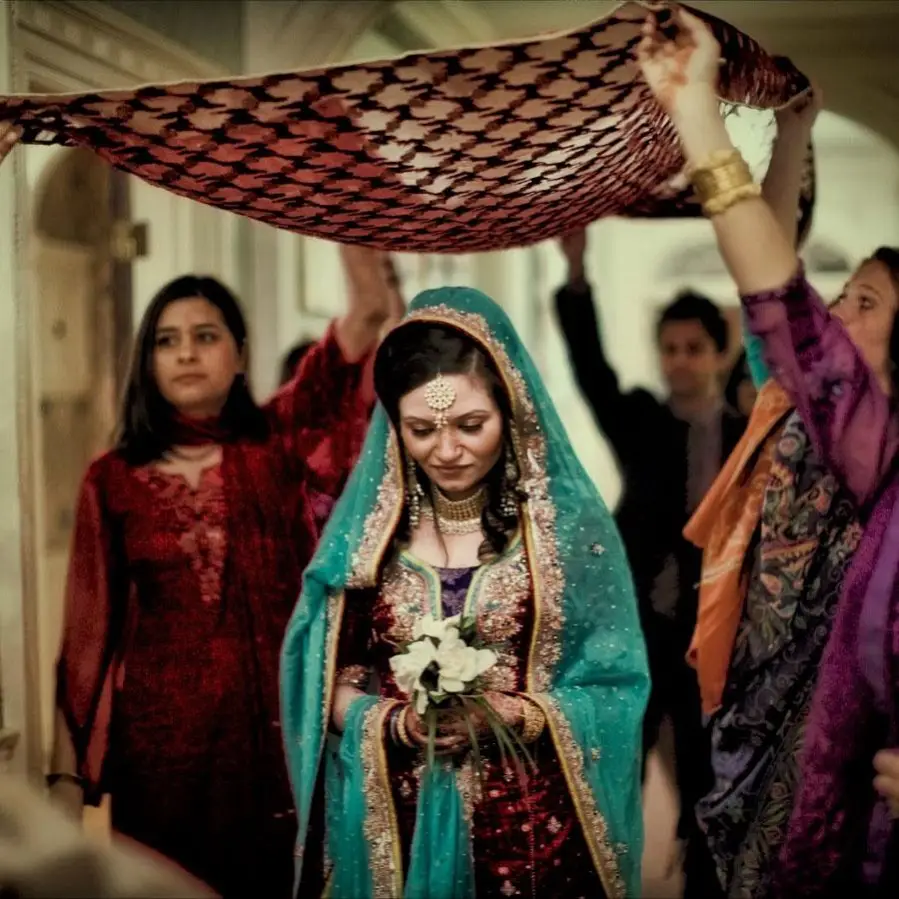
Pakistan is a country where tradition and ancient customs are still very strong. And when things turn to marriage... Celebrating a wedding in Pakistan is not easy. One of the most interesting aspects of marriage in Pakistan is the buyout. Except that this buyout is paid by the bride's side. It can be in the form of land, house, money. For example, a father whose daughter marries a doctor opens a doctor's office for him. In a word, what the fiancé needs can act as a redemption.
Dowry - this is a separate problem; it is impossible for a wife to come to her husband with one suitcase in her hand! It happens, too, that you can meet men who became rich only thanks to their wife's dowry. Fortunately, there is also a wedding gift, the mahr, which the bride receives from her husband. The amount of mahr is set and accepted by both parties, and in the event of the husband's death or divorce at his request, it provides a safety net for the woman. The obligation to pay the wedding gift is indicated in the fourth sura of the Quran, An-Nisa.
Matchmaking
A matchmaking ceremony in Pakistan takes place much like in other Muslim nations. Senior members of the fiancé's family go to the girl's family and ask them to give their daughter in marriage to their son "in accordance with Allah's command and the teachings of His Prophet." When the parties come to an agreement, they read the Surah of Al-Fatiha, and then the guests are offered tea and dessert.
Engagement
At an engagement, the fiancé and bride do not usually meet. The girl's engagement ring is worn by the boyfriend's mother, and the fiancé's ring is worn by the fiancée's mother. The party, accompanied by traditional dholak drums, begins days or even weeks before the wedding. The wedding and preparations for it lie with the family of the bride-to-be.
The four days of a Pakistani wedding
- The first day of the wedding, which can last several days
"The first day" of the wedding ceremony begins with Quran reading and prayers. The fiancé's side comes to the bride's house with flowers, but without the bride. Gifts for the bride are opened one by one and shown to the guests. The bride sits on a sofa decorated with flowers, maintaining a serious look. The guests approach her one by one, make their wishes and throw money on her head. Then the bride's family arrives at the fiancé's house with bundles of green branches and flowers. What took place at the bride's home is now repeated at the other party's.
- The second day of the wedding - henna night
Humanity is changing, quietly moving away from old rituals and customs. However, there are some elements of traditions that are invariably popular and practiced by nations. One such tradition is the henna night, celebrated in Pakistan before marriage.
The henna night is an old Muslim custom, according to which, the night before the wedding day, the bride bids farewell to her home and prepares for her adult life in her husband's house. It is simultaneously a time of sorrow and joy, sad songs and joyful dances. A time for eating, drinking, crying, laughing and dreaming. Such can be said "hen night", which should be attended by women from both the bride and fiancé's side.
Traditionally, the henna night was held at the fiancé's home - today this is probably not always the case anymore. The two fiancées did not meet each other until the wedding, and certainly did not visit each other. So for the young girl, the henna night was an opportunity to get acquainted with her new home, new conditions, a different lifestyle. Nowadays, everyone tends to know each other and this aspect of the ceremony is becoming obsolete.
The bachelorette party begins long before the night. The bride puts on a long red dress, a thin red veil is imposed on her head, through which she can see what is going on.
The girl sits down on a chair in the middle of the room, and other women with lit candles begin to walk around her, singing sad songs. In a new house, surrounded by new family members, alone one among strangers - the girl was fully aware that a certain stage of life was coming to an end irrevocably. It was believed that the louder and stronger the bride cried, the more successful and happy the marriage would be for her. Therefore, no one and did not try to soothe the girl, on the contrary, sad songs about separation from her parents were supposed to plunge her even further.
When the bride nevertheless returned to equilibrium, her future mother-in-law poured a bit of henna on her hands and placed a special gold coin as a gift. The girl clasped her hands tightly, and a small decorated pouch was placed over them.
At this point, a silver tray was brought into the room. On it were henna and two lit candles. The most exciting moment of the ceremony followed. Only the woman whose marriage is truly happy should decorate the hands and feet of the marrying girl with henna. This is a very honorable duty. It is believed that in this way she conveys her life experience and success. After the drawings are done, the sadness and longing fly away, and the girls start dancing and partying late into the night.
- The third day - nikah and baraat
The most important day in the entire wedding ceremony. Literally, baraat means handing over the bride to her husband's family, and nikah means marriage in Islam. The religious rite and the secular ceremony take place simultaneously. On this day, the mullah first goes to the fiancé and, having read the appropriate prayers, receives his consent to the marriage. The necessary documents are signed and the mullah goes to the bride. There he performs the appropriate rite and, having collected the documents, declares the couple in question husband and wife.
After the rites are completed, the bride is led out to the fiancé who has just arrived. Both are clad in red wedding clothes. The bridegroom has the obligatory red turban on his head. The clothes are adorned with jewelry. The bride and groom take a prominent place, guests are invited to tables, and everyone celebrates the marriage.
In the evening, the bride is already leaving for her new home, her husband's family. Saying goodbye to her parents, the girl cries.
In Punjab, a baraat is a large wedding procession attended by both men and women. The men, relatives of the bridegroom and bride, always wear turbans, emphasizing the solemnity of the ceremony. When the procession arrives at the site, a meeting is held, during which relatives of both parties greet each other. Usually it begins with greeting both fathers, then both mothers join in, then brothers and sisters, grandparents, aunts, uncles, etc.
- The fourth day - valima
The fourth day concludes the wedding ceremonies. The newlyweds are introduced to the guests in a different capacity. They now constitute a separate family. Guests give gifts to the newlyweds, primarily money. Tables for the invited guests are also set richly on this day. At the end of the day, the newlyweds are escorted to the groom's house and independent family life begins for them.
Ethnic Jewelry
-
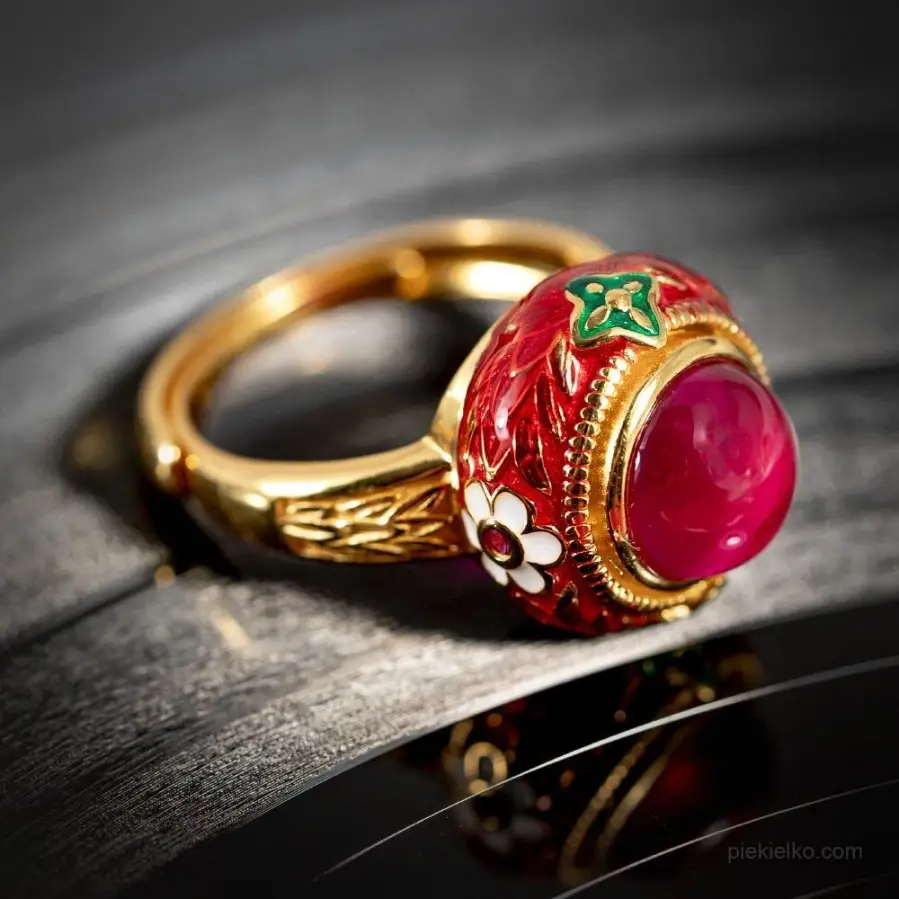
Thai painted ring
349,00314,97 -
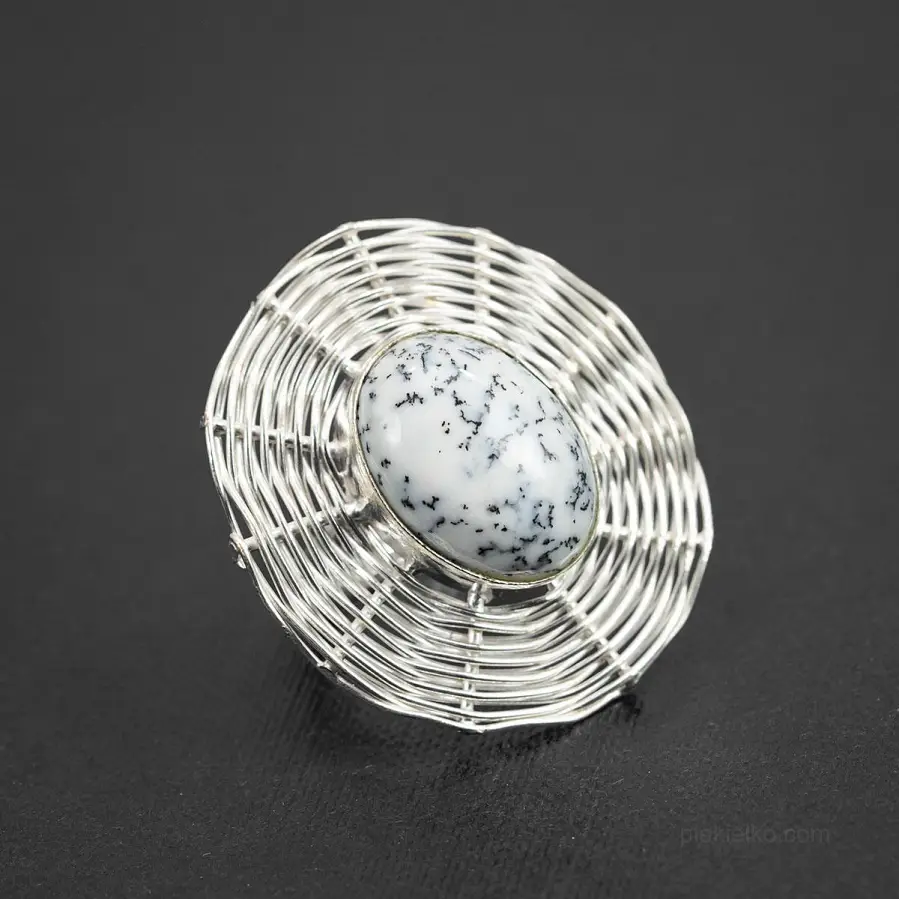
Opal dendritic basket ring
145,0082,65 -

Elegance in blue – larimar ring
270,00256,50 -

Large adjustable silver ring with pietersite
370,00333,93 -

Moonstone ring
168,00159,60 -
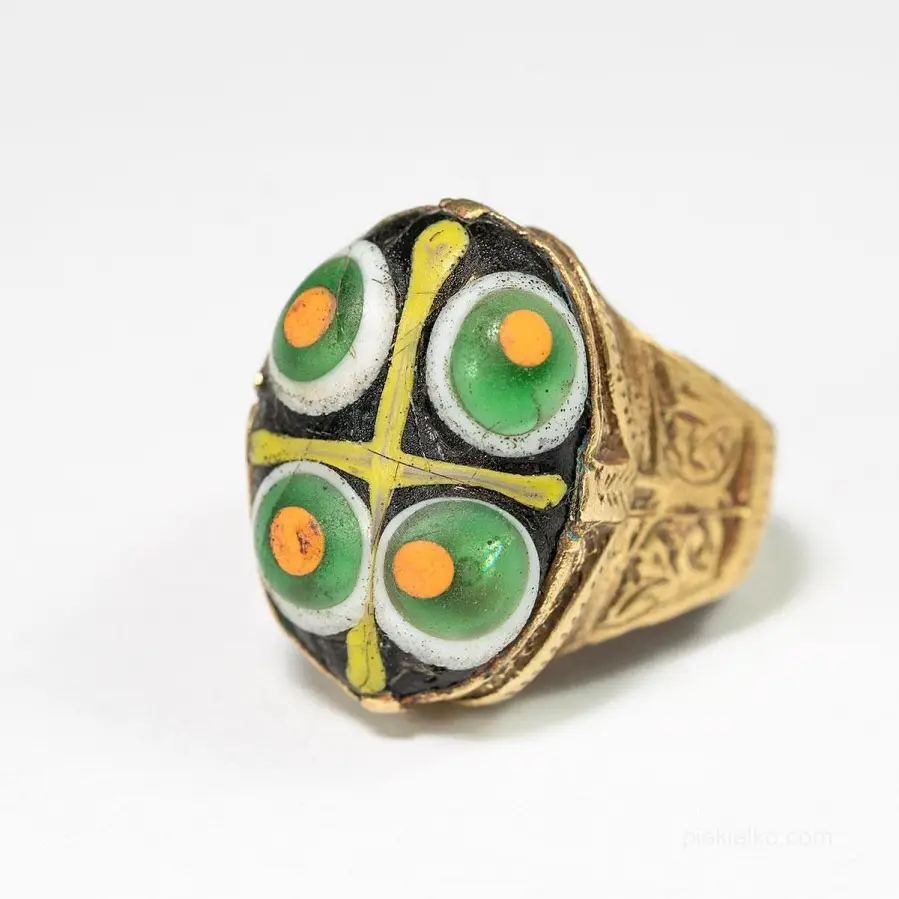
Pakistani gabri ring
98,0093,10 -
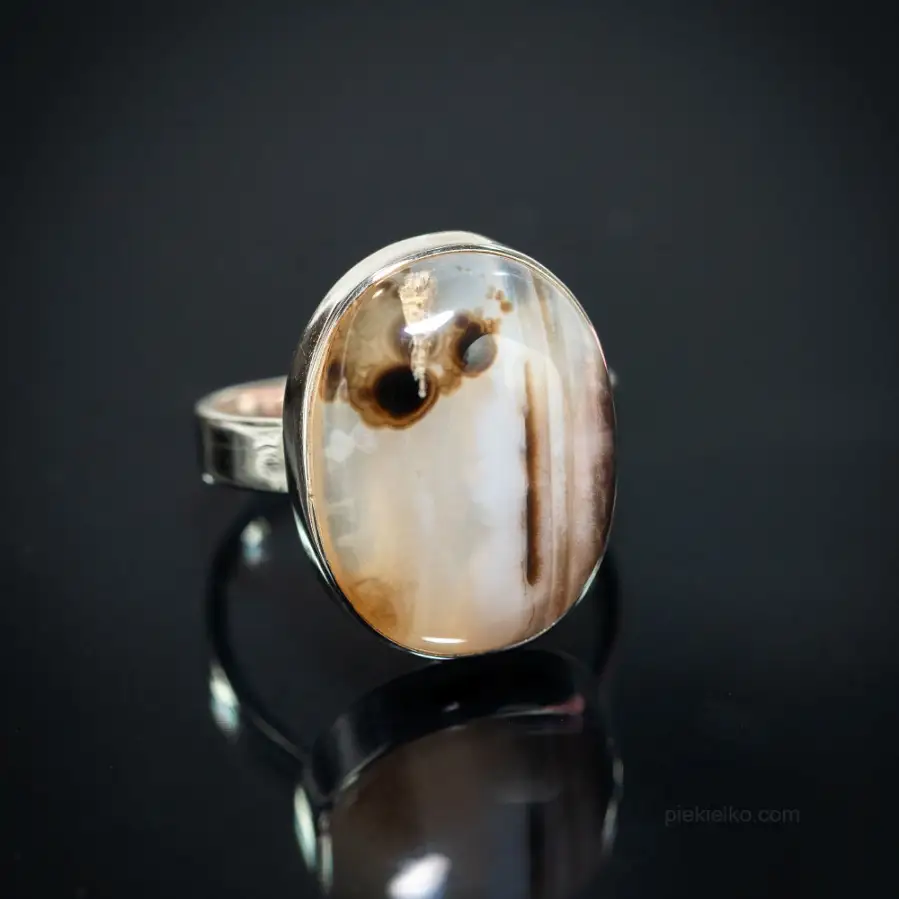
Silver ring with brown agate
330,00297,83 -
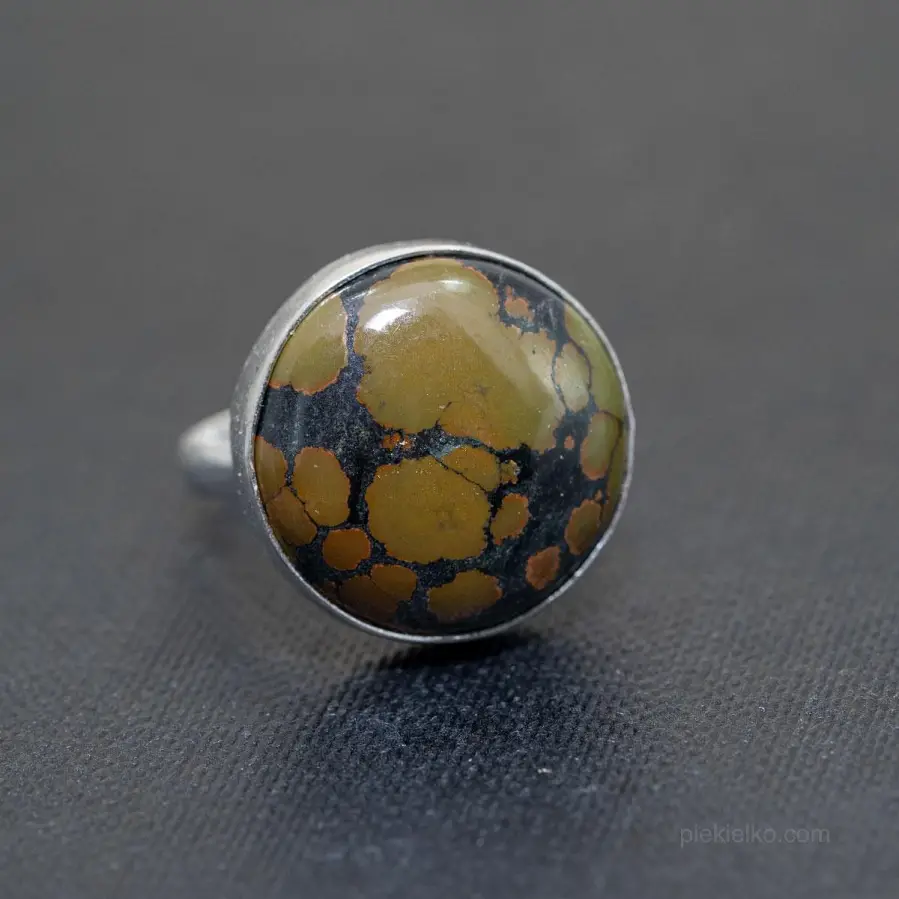
Ring with natural turquoise
152,0086,64 -
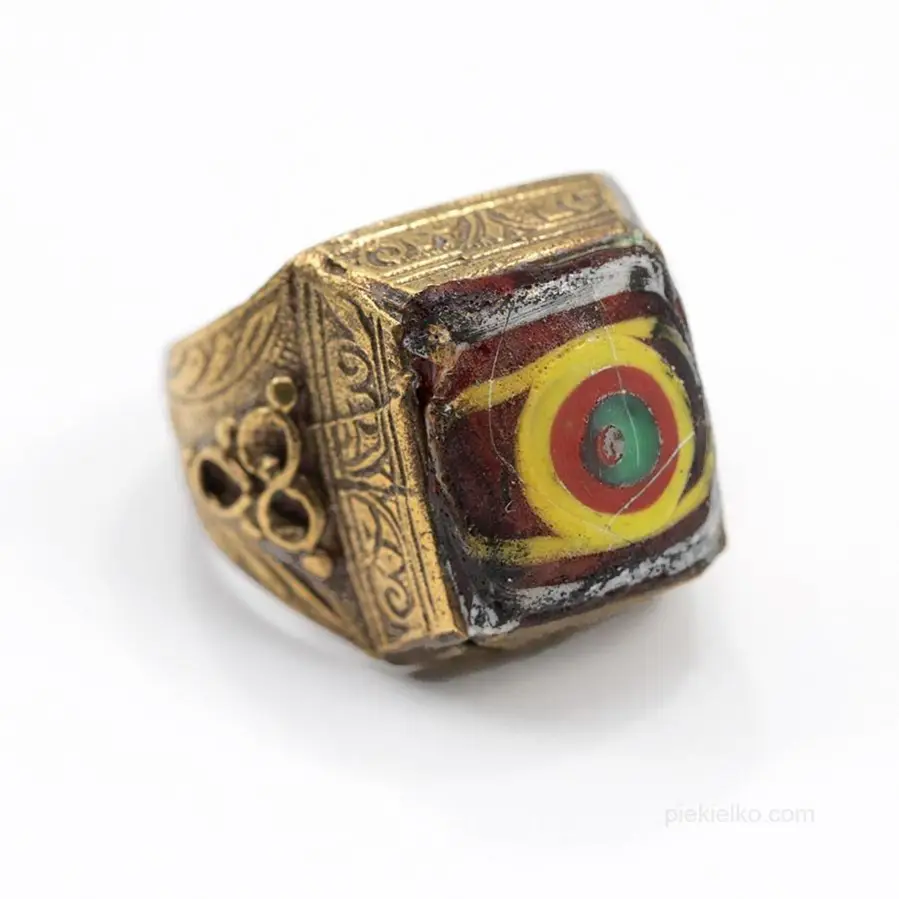
Gabri glass brass ring
98,0093,10 -
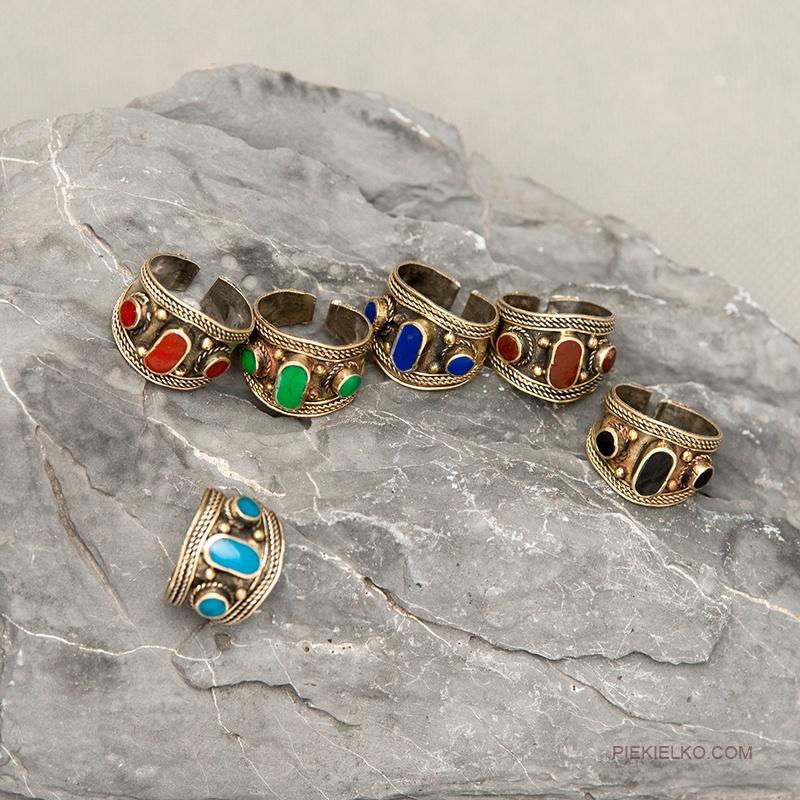
Kuchi wedding ring - brown
34,0019,38 -

Pietersite - storm stone
350,00315,88 -
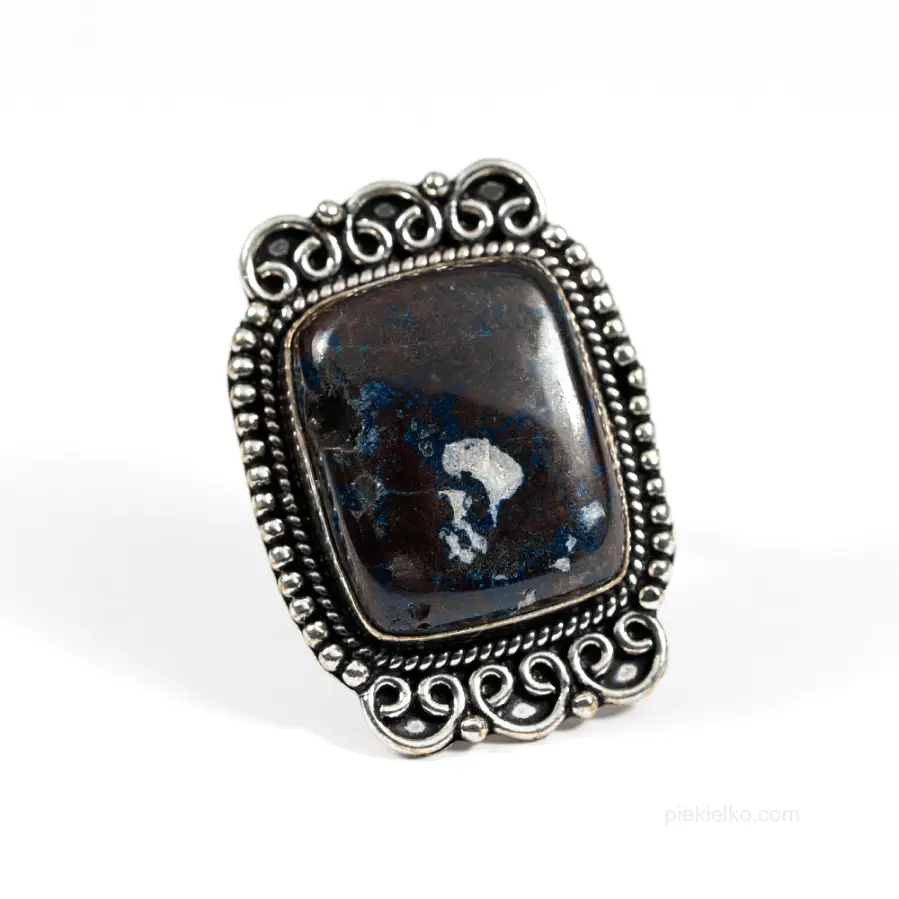
Large ring with pietersite
200,00114,00 -
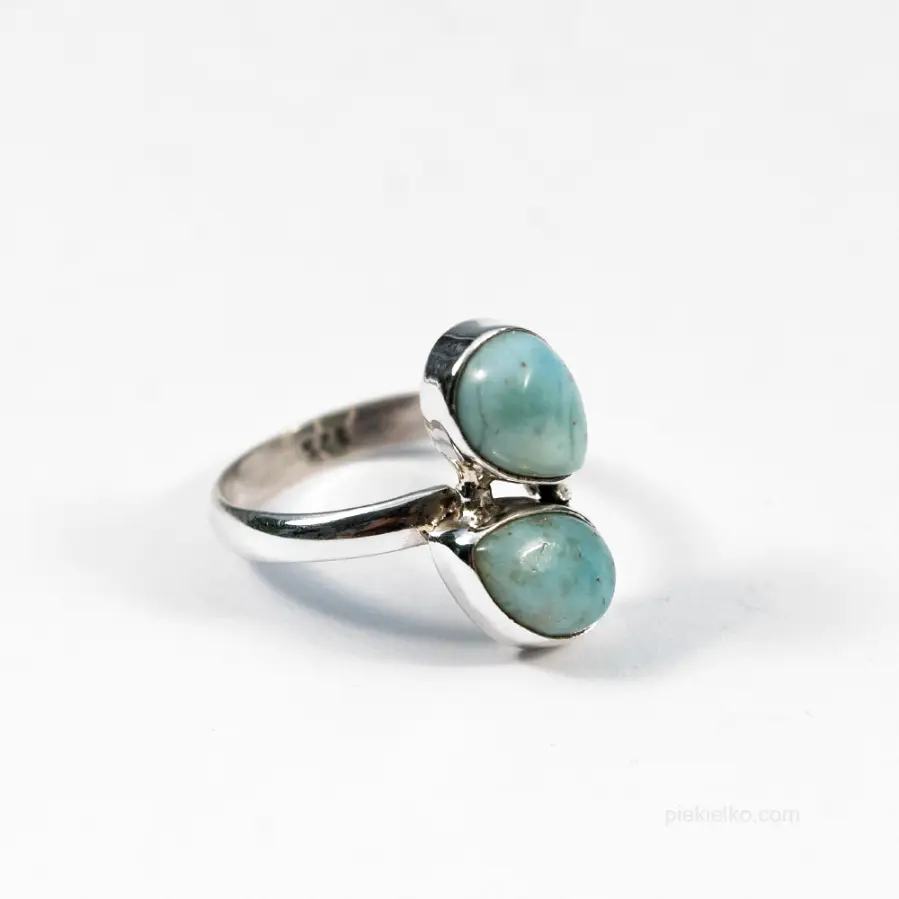
Caribbean larimar ring
339,00305,95 -
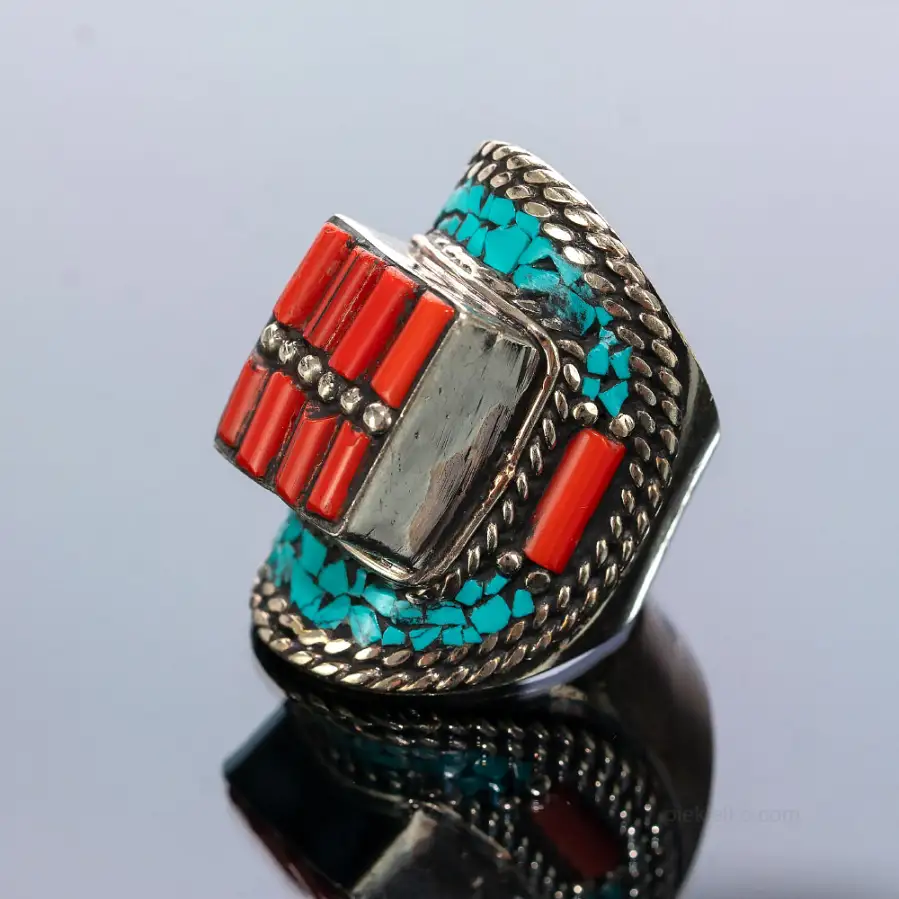
Tibetan signet ring with turquoise and coral
290,00275,50 -
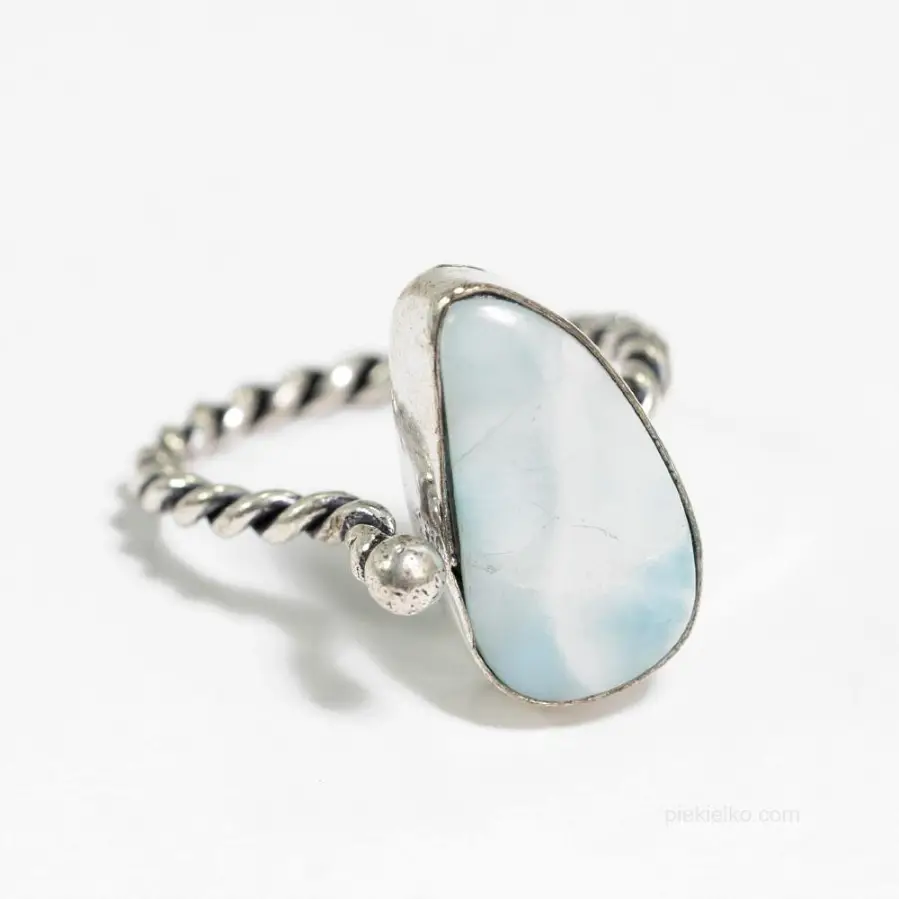
Adjustable larimar ring Dominican Republic
195,00185,25 -
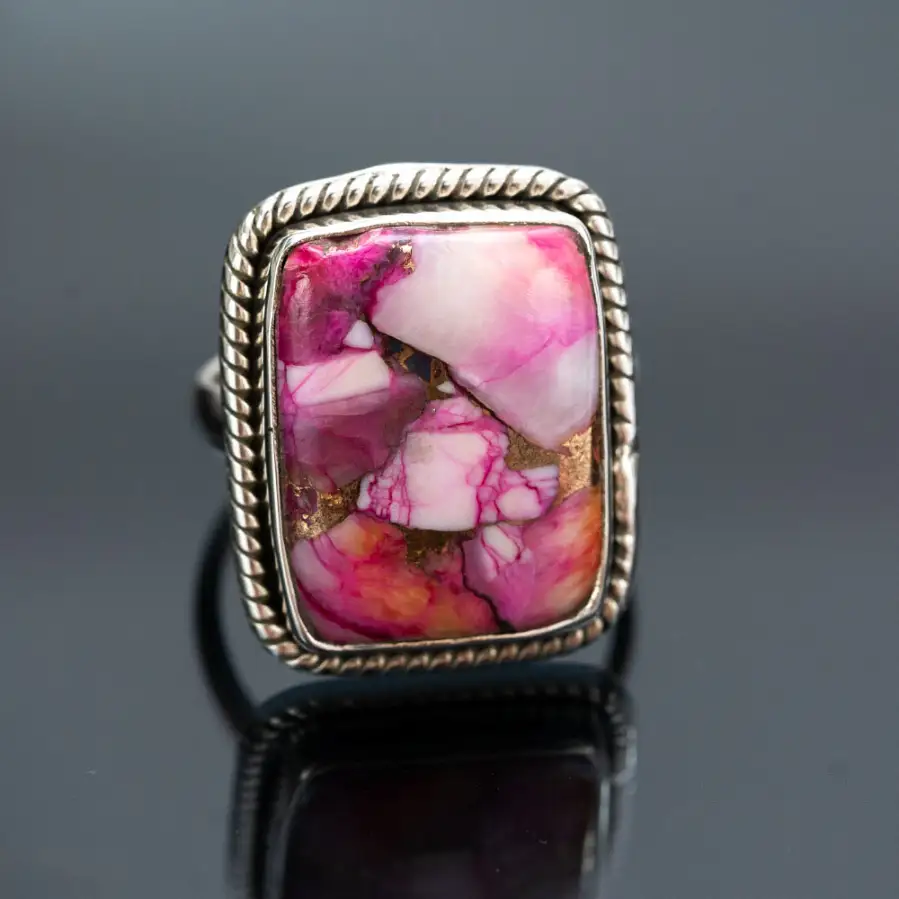
Silver adjustable ring with pink turquoise oyster
365,00329,41 -

Ring with black opal
500,00451,25 -
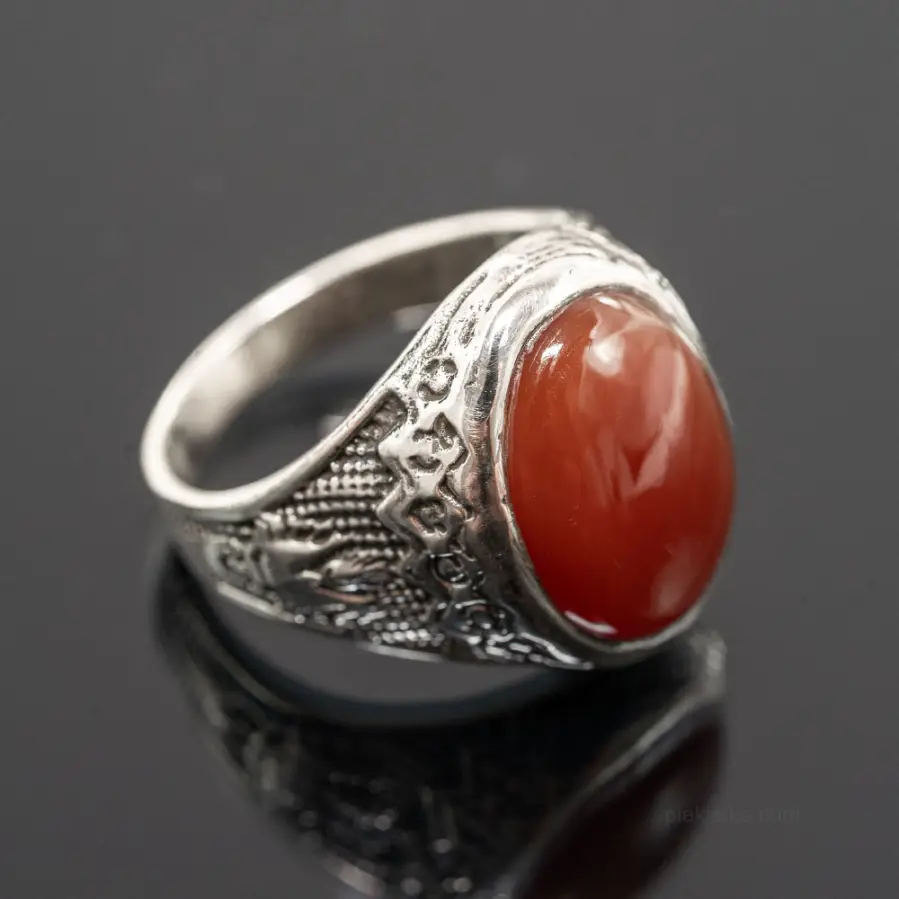
Signet ring with Natural Carnelian
370,00333,93 -
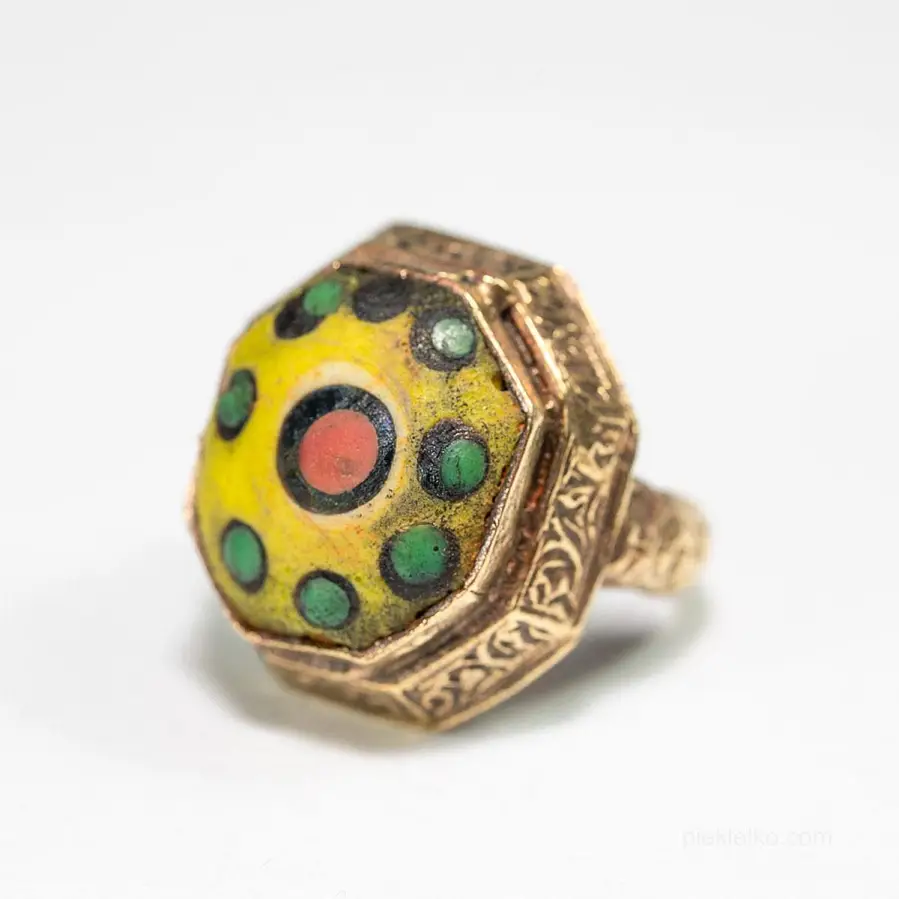
Ring with colored glass
98,0093,10 -
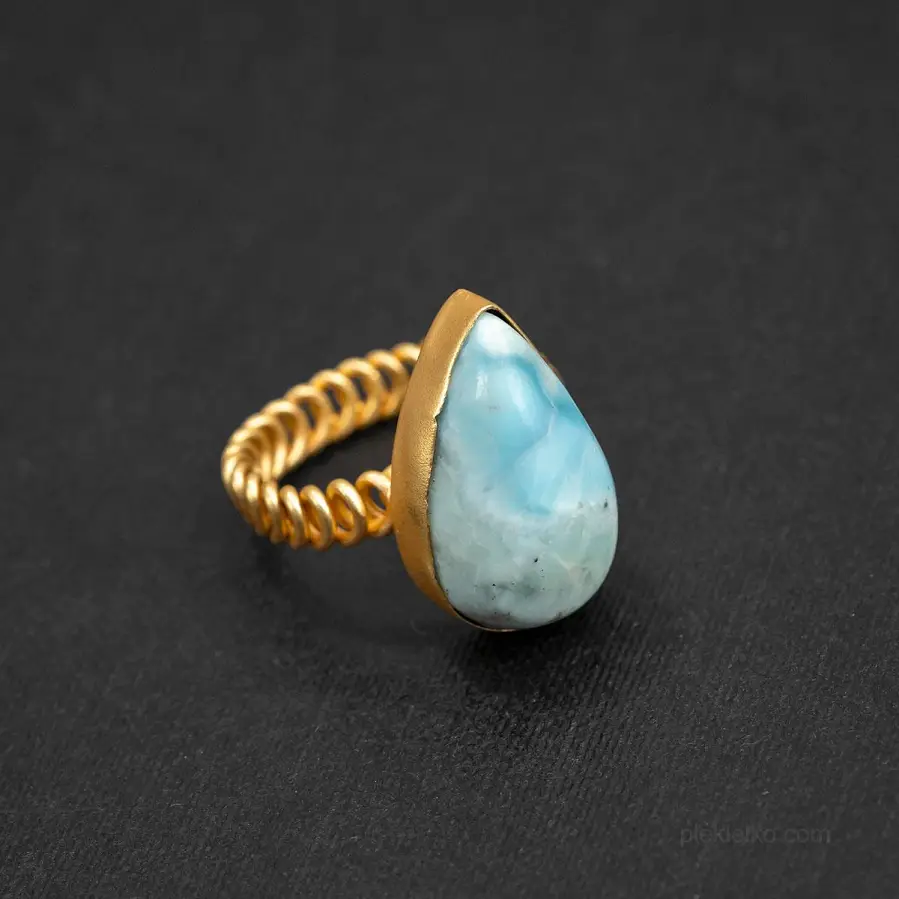
Gold plated larimar ring
210,00119,70



© Piekielko.com

